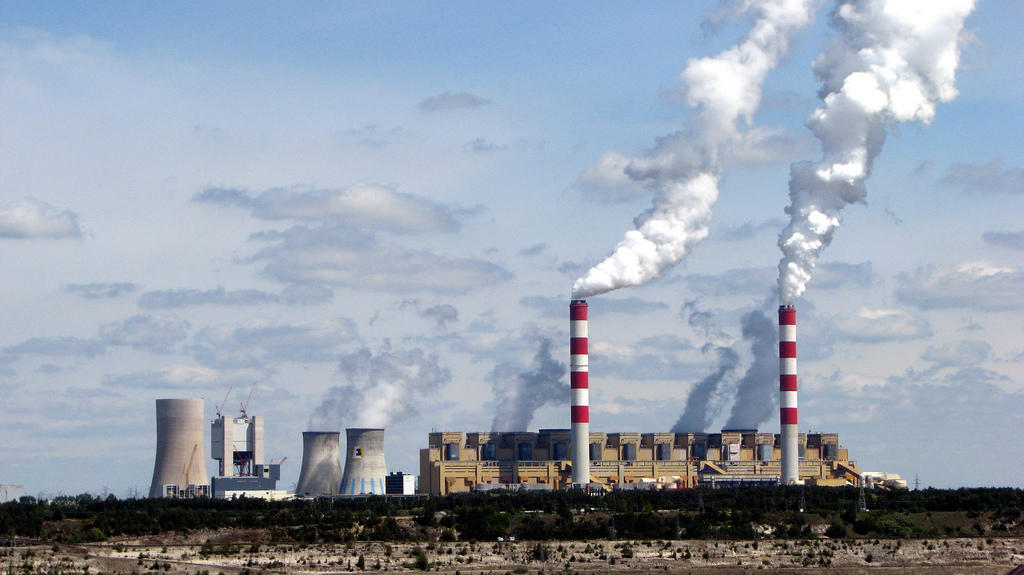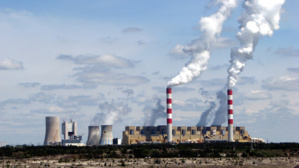Having had a complicated delivery, the Green Climate Fund has finally seen the light of day. Now that it is available, the next question that comes to mind is that what direction will it toddle off to? What is clear, however is that there are three distinct criteria to be met in order to have access to it: they are a firm commitment towards clean energy, local ownership and sustainability. These three criteria are absolutely non-negotiable.
“The GCF board is aiming to have at least a few projects in the pipeline in time for COP21 [the high-level climate change summit in Paris in December] – to show the world that the fund is open for business and that developed countries are putting their money where their mouths are. Of course, this will be more credible once substantially more of the money pledged to the GCF is legally committed,” said Karen Orenstein of Friends of the Earth.
She went on to add, “It is essential that those first GCF projects set the appropriate precedent for future-financed activities. The GCF must showcase the best of what it has to offer. This means directly addressing the adaptation and mitigation needs of the vulnerable through environmentally-sound initiatives that promote human rights and benefit local economies, rather than Wall Street-type transactions that may theoretically have trickle-down benefit for the poor.”
The Green Climate Fund is the United Nations’ premier mechanism for funding climate change-related mitigation and adaptation in developing countries.
In 2009, during the Copenhagen Climate Summit, although donors from the private and public sectors, had agreed to mobilise $100 billion by 2020, the pledges did not really materialise and funding barely trickled in. The GCF is set to be the cornerstone for mobilizing and disbursing funds to mitigate climate change and climate adaptation projects.
With a portions of the funds in place, the GCF Board plans on finalizing the first set of projects on 11th November when it is set for to meet. At the same time, it has gone ahead and identified global investment opportunities and strategic priorities which do not find adequate space in the existing climate financing mechanism. Further these opportunities can be used to maximise GCF’s impact on the resilience of small island nations, better land management and making cities more resilient.
“Projects must be genuinely country-driven, which means not only government-driven but also driven by communities, civil society and local private sector. And, of course, there must be no trace of support for dirty energy,” said Orenstein.
As of date 33 countries, including 8 developing nations, have pledged almost $10.2 billion. ON the short term, what remains to be seen is the utilisation while on the long run long term funding proposals will be the order of the day.
In a new analysis, the World Resources Institute (WRI) notes that more than five years after Copenhagen, the sources, instruments, and channels that should count toward the 100-billion-a-year goal remain ambiguous. So as to address the issue in a holistic manner, it has suggested four scenarios: the first being climate financing for developed countries; the second takes the first scenario and adds leveraged private sector investment to the mix; the third takes into account the financing required for developed countries routed through the Multilateral Development Bank (MDB), which weighs the financing against that particular countries’ share capital as well the combined leverage of private sector investments; the last method takes in all of the first two methods and adds climate related Official Development Assistance (ODA) to the equation. The ODA should naturally appear in the list compiled by the Organisation for Economic Co-operation and Development (OECD).
“Our scenario analysis is focused on assessing how likely is it that each scenario could reach 100 billion dollars, given different assumptions of growth and leverage,” explained Michael Westphal, a senior associate on WRI’s Sustainable Finance team.
He went on to add, “One of the main conclusions, not surprisingly, is that the more sources that are included, the more realistic is it for the 100 billion dollars to be reached – i.e., it would require lower growth rates and assumptions about how much private finance is leveraged per public dollar.”
Although this may sound like a breather, Karen Orenstein, gives a different angle to this story. She says the push by financial institutions and governments for “less dirty” fossil fuels equates to a “doctor telling his cancer-ridden patient that it’s fine to smoke, as long as the cigarettes are filtered.”
“In the broad spectrum of fossil fuels, there is always going to be a project or fuel type that is relatively more or less dirty than another. Allowing so-called climate financing for projects that are slightly less dirty than a hypothetical alternative is a sure way to game the system,” says Orenstein.
Included in her watch list for GCF’s funding not truly green solutions, such as biofuel, “climate smart” agriculture, nuclear energy, waste incinerators, and big dams.
References:
http://www.ipsnews.net/2015/06/climate-fund-rolls-out-amid-hopes-it-stays-green/
“The GCF board is aiming to have at least a few projects in the pipeline in time for COP21 [the high-level climate change summit in Paris in December] – to show the world that the fund is open for business and that developed countries are putting their money where their mouths are. Of course, this will be more credible once substantially more of the money pledged to the GCF is legally committed,” said Karen Orenstein of Friends of the Earth.
She went on to add, “It is essential that those first GCF projects set the appropriate precedent for future-financed activities. The GCF must showcase the best of what it has to offer. This means directly addressing the adaptation and mitigation needs of the vulnerable through environmentally-sound initiatives that promote human rights and benefit local economies, rather than Wall Street-type transactions that may theoretically have trickle-down benefit for the poor.”
The Green Climate Fund is the United Nations’ premier mechanism for funding climate change-related mitigation and adaptation in developing countries.
In 2009, during the Copenhagen Climate Summit, although donors from the private and public sectors, had agreed to mobilise $100 billion by 2020, the pledges did not really materialise and funding barely trickled in. The GCF is set to be the cornerstone for mobilizing and disbursing funds to mitigate climate change and climate adaptation projects.
With a portions of the funds in place, the GCF Board plans on finalizing the first set of projects on 11th November when it is set for to meet. At the same time, it has gone ahead and identified global investment opportunities and strategic priorities which do not find adequate space in the existing climate financing mechanism. Further these opportunities can be used to maximise GCF’s impact on the resilience of small island nations, better land management and making cities more resilient.
“Projects must be genuinely country-driven, which means not only government-driven but also driven by communities, civil society and local private sector. And, of course, there must be no trace of support for dirty energy,” said Orenstein.
As of date 33 countries, including 8 developing nations, have pledged almost $10.2 billion. ON the short term, what remains to be seen is the utilisation while on the long run long term funding proposals will be the order of the day.
In a new analysis, the World Resources Institute (WRI) notes that more than five years after Copenhagen, the sources, instruments, and channels that should count toward the 100-billion-a-year goal remain ambiguous. So as to address the issue in a holistic manner, it has suggested four scenarios: the first being climate financing for developed countries; the second takes the first scenario and adds leveraged private sector investment to the mix; the third takes into account the financing required for developed countries routed through the Multilateral Development Bank (MDB), which weighs the financing against that particular countries’ share capital as well the combined leverage of private sector investments; the last method takes in all of the first two methods and adds climate related Official Development Assistance (ODA) to the equation. The ODA should naturally appear in the list compiled by the Organisation for Economic Co-operation and Development (OECD).
“Our scenario analysis is focused on assessing how likely is it that each scenario could reach 100 billion dollars, given different assumptions of growth and leverage,” explained Michael Westphal, a senior associate on WRI’s Sustainable Finance team.
He went on to add, “One of the main conclusions, not surprisingly, is that the more sources that are included, the more realistic is it for the 100 billion dollars to be reached – i.e., it would require lower growth rates and assumptions about how much private finance is leveraged per public dollar.”
Although this may sound like a breather, Karen Orenstein, gives a different angle to this story. She says the push by financial institutions and governments for “less dirty” fossil fuels equates to a “doctor telling his cancer-ridden patient that it’s fine to smoke, as long as the cigarettes are filtered.”
“In the broad spectrum of fossil fuels, there is always going to be a project or fuel type that is relatively more or less dirty than another. Allowing so-called climate financing for projects that are slightly less dirty than a hypothetical alternative is a sure way to game the system,” says Orenstein.
Included in her watch list for GCF’s funding not truly green solutions, such as biofuel, “climate smart” agriculture, nuclear energy, waste incinerators, and big dams.
References:
http://www.ipsnews.net/2015/06/climate-fund-rolls-out-amid-hopes-it-stays-green/


 How green will the Green Climate Fund remain is the question
How green will the Green Climate Fund remain is the question





 Companies
Companies